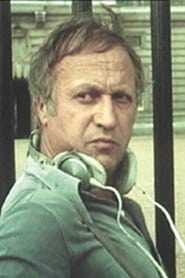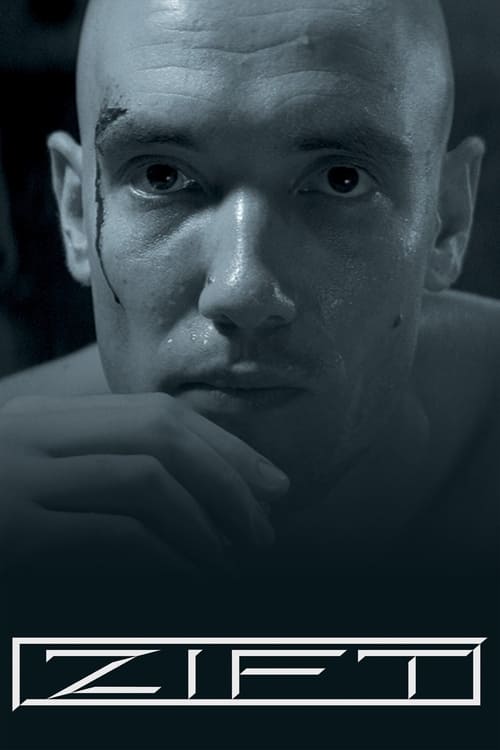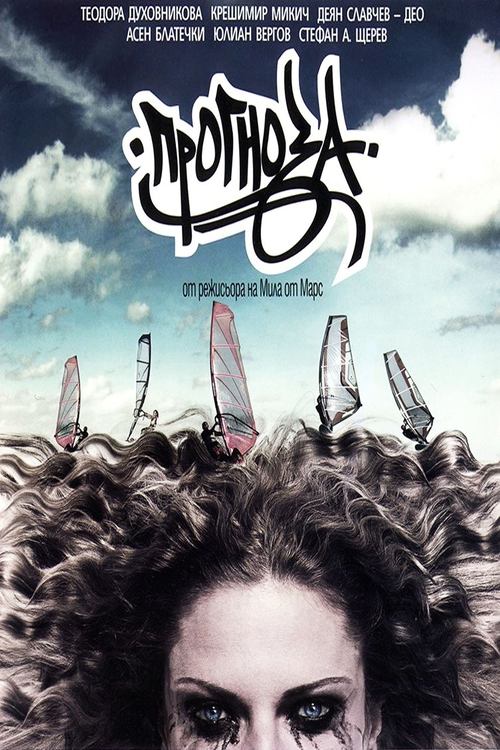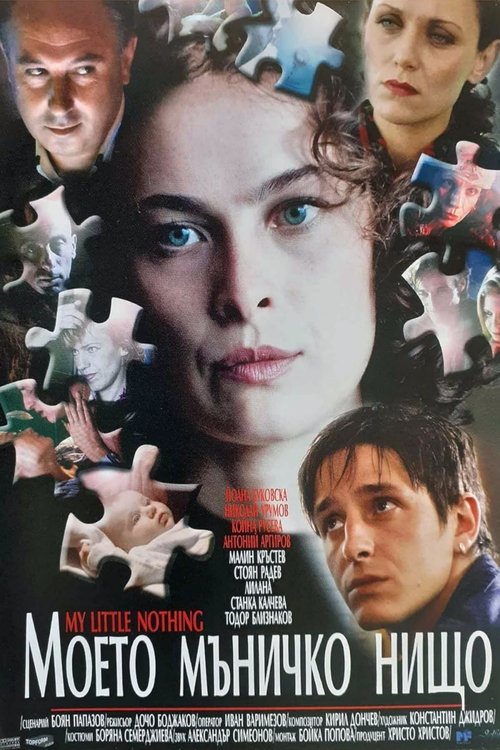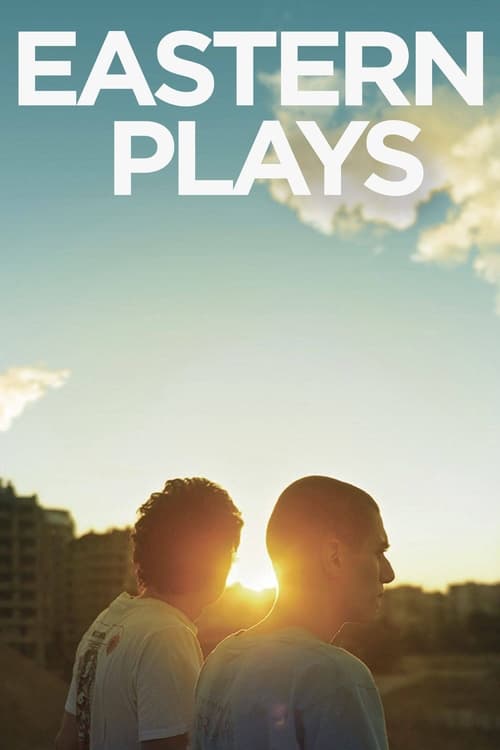
Ask Your Own Question
What is the plot?
In the tense, oppressive atmosphere of rural Bulgaria in 1985, the "regeneration process" is in full, brutal swing--a government campaign under Todor Zhivkov aimed at forcibly assimilating the ethnic Turkish minority by erasing their names, language, and culture. The film opens in a small village where the heavy presence of police and government officials casts a shadow of fear and submission over the community.
In a modest schoolhouse, Ayten, a Muslim Turkish schoolteacher, stands before her young students, her voice steady but charged with quiet defiance. She tells them, "Never forget who you are, even if they try to take your name." Her classroom is a sanctuary of resistance, where Turkish books and documents are hidden away, forbidden by the regime but fiercely preserved. Ayten embodies strength and conviction, a guardian of her people's identity amid the growing storm.
Outside the school, Ivan, a young Bulgarian man, works alongside villagers, his demeanor kind and respectful--an anomaly in a time when many Bulgarians view the Turkish minority with suspicion or hostility. Their first meeting is cautious but charged with unspoken understanding. Ivan's genuine curiosity and respect for Ayten's culture contrast starkly with the surrounding intolerance. This unlikely connection kindles a fragile bond between them.
Ayten's family home is a humble refuge filled with relics of their heritage--photographs, religious artifacts, and heirlooms that speak of a proud past under threat. Here live her protective brother, Bratat, a fervent resistor organizing secret meetings to oppose the government's assimilation policies, and Dyadoto, her wise grandfather, who recounts stories of their ancestors and warns of the dangers of losing their identity.
The village square is a place of public humiliation and defiance. Government officials announce the forced name changes here, and protests occasionally flare in the face of oppression. The police station looms as a place of fear and coercion, where Turkish citizens are forced to sign documents erasing their names. Ivan is drawn deeper into this conflict when he is caught helping Ayten, leading to a brutal interrogation and beating. The police demand he betray Ayten, but Ivan's loyalty holds firm.
In secret, Ayten and Ivan meet in the forest, a place of both romance and peril. Here, hidden among the trees, they exchange letters and share whispered hopes. Ayten has concealed important documents that could expose the regime's crimes, risking everything for the cause of resistance and for their forbidden love.
The situation escalates tragically when a confrontation between Turkish protesters and government forces erupts violently. During the chaos, Ayten's young child is killed by police gunfire--a devastating blow that hardens her resolve. The loss is raw and unbearable, a piercing symbol of the human cost of the regeneration process.
Bratat's fate is equally grim. During a police raid on the family home, he is shot dead while trying to protect Ayten and Dyadoto. His death is a stark reminder of the regime's ruthless crackdown on any form of dissent.
Ayten herself is eventually brought to the government office, a cold, bureaucratic place where officials force her to sign documents changing her name. She refuses, her defiance unwavering despite threats of imprisonment. Ivan, having escaped from police custody, arrives to stand by her side. Their united front challenges the authorities, who attempt to arrest them both.
The villagers rally in the square, their collective protest swelling into a fierce confrontation. Violence erupts, but the sheer force of communal resistance forces the authorities to retreat. In the aftermath, Ayten and Ivan walk together through the village, their bond strengthened by shared suffering and hope.
The film closes with Ayten back in her schoolhouse, teaching her students with renewed determination. Her words echo the opening scene's promise: the spirit of resistance endures, and with it, the hope for a future where identity and love can survive even the darkest times.
This narrative captures every major death--the child killed by police gunfire, Bratat shot during the raid--and all confrontations, including Ivan's interrogation and the final standoff at the government office. It reveals the full extent of the regeneration process's cruelty and the courageous resistance of Ayten, Ivan, and their community. The story's climax and resolution underscore the enduring power of love and identity in the face of oppression.
What is the ending?
In the ending of "Stolen Eyes," the protagonist, a young woman named Anna, confronts the truth about her past and the people who have shaped her life. After a series of emotional revelations, she finds a sense of closure and acceptance, ultimately deciding to move forward with her life. The film concludes with Anna embracing her newfound strength and independence.
As the final scenes unfold, we see Anna standing at the edge of a cliff, overlooking a vast landscape. The sun is setting, casting a warm golden hue over everything. She takes a deep breath, her face a mixture of determination and relief. The camera lingers on her expression, capturing the weight of her journey and the clarity she has gained.
In the next scene, Anna meets with her estranged father, who has been a source of pain and confusion throughout her life. They sit across from each other at a small café, the atmosphere tense yet charged with unspoken words. Anna's father, visibly aged and remorseful, attempts to explain his past mistakes. Anna listens intently, her emotions fluctuating between anger and empathy. As he speaks, she recalls moments from her childhood, the hurt and longing for connection.
After a heartfelt conversation, Anna stands up, her decision made. She tells her father that while she cannot change the past, she is ready to forgive him. This moment of reconciliation is pivotal; it signifies Anna's growth and her ability to let go of the burdens that have held her back. Her father, with tears in his eyes, acknowledges her strength and promises to be a better person moving forward.
The final scene shifts to Anna walking through a park, the sun now fully set, leaving a twilight glow. She smiles softly to herself, a sense of peace enveloping her. The camera captures her walking away from the past, symbolizing her journey toward a brighter future. The film closes with a lingering shot of Anna, her silhouette fading into the distance, embodying hope and resilience.
In summary, the ending of "Stolen Eyes" encapsulates Anna's journey of self-discovery, forgiveness, and the importance of moving forward despite the shadows of the past. Each character's fate is intertwined with Anna's growth, as her father begins to seek redemption, and Anna herself steps into a new chapter of her life, free from the chains of her history.
Is there a post-credit scene?
The movie "Stolen Eyes," produced in 2005, does not feature a post-credit scene. The film concludes its narrative without any additional scenes or content after the credits roll. The story wraps up with a focus on the emotional resolutions of the characters, leaving the audience with a sense of closure regarding the events that transpired throughout the film.
How does the setting influence the characters' actions and decisions?
The gritty urban landscape serves as a backdrop that mirrors the characters' emotional states. The dark alleys and abandoned buildings reflect Alex's isolation and desperation, while the vibrant yet dangerous environment heightens the stakes of his quest for revenge.
What role does the antagonist play in Alex's journey?
The antagonist serves as a catalyst for Alex's transformation. Their confrontations are intense and emotionally charged, revealing the antagonist's manipulative nature and how it directly impacts Alex's decisions, pushing him further down a dark path.
What motivates the main character, Alex, to seek revenge throughout the film?
Alex is driven by a deep sense of betrayal and loss after the tragic events that unfold in his life. His emotional turmoil is compounded by feelings of helplessness and anger, which propel him into a quest for vengeance against those who wronged him.
How does the relationship between Alex and his sister evolve during the film?
Initially, Alex and his sister share a close bond, but as the plot progresses, the strain of Alex's choices and his obsession with revenge creates a rift between them. Their interactions are filled with tension, showcasing Alex's internal conflict and his sister's concern for his well-being.
What pivotal moment changes Alex's perspective on his quest for revenge?
A crucial moment occurs when Alex confronts the consequences of his actions, leading to a realization that revenge may not bring him the closure he seeks. This moment of clarity forces him to reevaluate his motivations and the impact of his choices on those he loves.
Is this family friendly?
"Stolen Eyes," produced in 2005, is a drama that delves into complex themes and emotional struggles. While it may not be explicitly graphic, there are several aspects that could be considered objectionable or upsetting for children or sensitive viewers:
-
Emotional Turmoil: The film explores deep emotional pain and trauma, which may be distressing for younger audiences or those sensitive to themes of loss and grief.
-
Family Conflict: There are scenes depicting intense family disputes and conflicts that may be uncomfortable for viewers, particularly those from stable family backgrounds.
-
Themes of Abandonment: The narrative includes elements of abandonment and neglect, which could resonate negatively with children or those who have experienced similar feelings.
-
Substance Abuse: There are references to substance abuse that may not be suitable for younger viewers, as they can portray unhealthy coping mechanisms.
-
Dramatic Tension: The film contains moments of high tension and emotional distress that could be unsettling, particularly for sensitive viewers.
Overall, while "Stolen Eyes" is not overtly violent or graphic, its emotional depth and the serious nature of its themes may make it less suitable for a family-friendly viewing experience.










